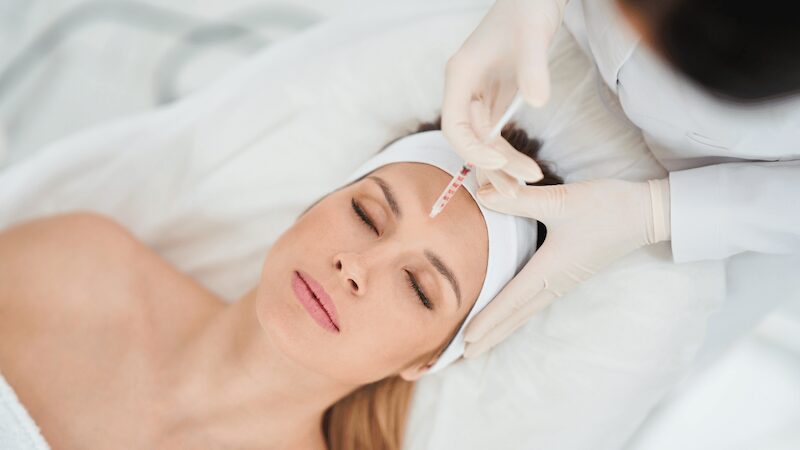Botox is a widely used non-surgical aesthetic treatment for addressing facial lines and wrinkles. As an injectable, it offers individuals an option to reduce the appearance of certain wrinkles with minimal downtime. Advances in aesthetic medicine and precise application contribute to the utilization of Botox procedures.
What Is Botox?
Botox is a neurotoxin that is prepared for safe use in controlled doses for cosmetic procedures. When injected into specific facial muscles, Botox acts by temporarily blocking nerve signals, allowing the treated muscles to relax. For cosmetic use, the effect of muscle relaxation may persist for 3 to 4 months, after which normal muscle function returns gradually. Accurate placement of Botox requires detailed knowledge of facial anatomy and thorough training. Because different facial muscles contribute to expressive lines, tailored injection techniques are used to target the intended muscles.
What Does It Address?
Botox is primarily used to address dynamic wrinkles, which result from repeated facial muscle activity, such as squinting, frowning, or raising the eyebrows. These lines most frequently form around the eyes, between the eyebrows, and on the forehead. Some individuals pursue Botox at early stages of line development as a preventive measure, aiming to delay the deepening of lines associated with muscle movement. Preventive measures generally may involve smaller doses and less frequent treatments. Botox may be used in specific cases to ease muscle tension in areas such as the jaw or neck.
What Should You Expect?
Before receiving Botox, a consultation is conducted to assess facial anatomy, patterns of muscle movement, and aesthetic goals. A practitioner can discuss the procedure, likely results, and answer questions. The injection process usually takes between 20 and 30 minutes. The treatment site is cleaned and, if needed, a topical numbing agent may be applied, but many patients tolerate the injections. A fine needle is used for placement, and discomfort tends to be minimal.
Normal daily activities and work can often be resumed immediately after the procedure. Some practitioners advise avoiding intense exercise, lying flat, or rubbing the treated area for a specified period following treatment to reduce the chance of product migration. Botox’s effects generally become noticeable within several days, with maximum results visible around two weeks post-treatment. The changes occur gradually, leading to a natural-appearing reduction in targeted facial lines.
The effects of Botox are temporary and vary in duration. Factors that may influence longevity include metabolism, strength of the treated muscles, and other individual patient characteristics. With repeated treatments, some individuals observe longer-lasting results due to conditioning of the muscles. Possible side effects include brief redness, swelling, or bruising at injection sites, typically subsiding within days. Mild headaches or slight muscle weakness can occur.
Consult an Aesthetics Specialist
A discussion with a qualified aesthetics specialist offers guidance tailored to individual needs and concerns. Professionals can review facial structure, prior treatments, and personal goals to help determine how Botox may fit within an individualized care plan. Open communication with a skilled practitioner provides the pathway to aesthetic care that is safe and fulfills your personal goals.
